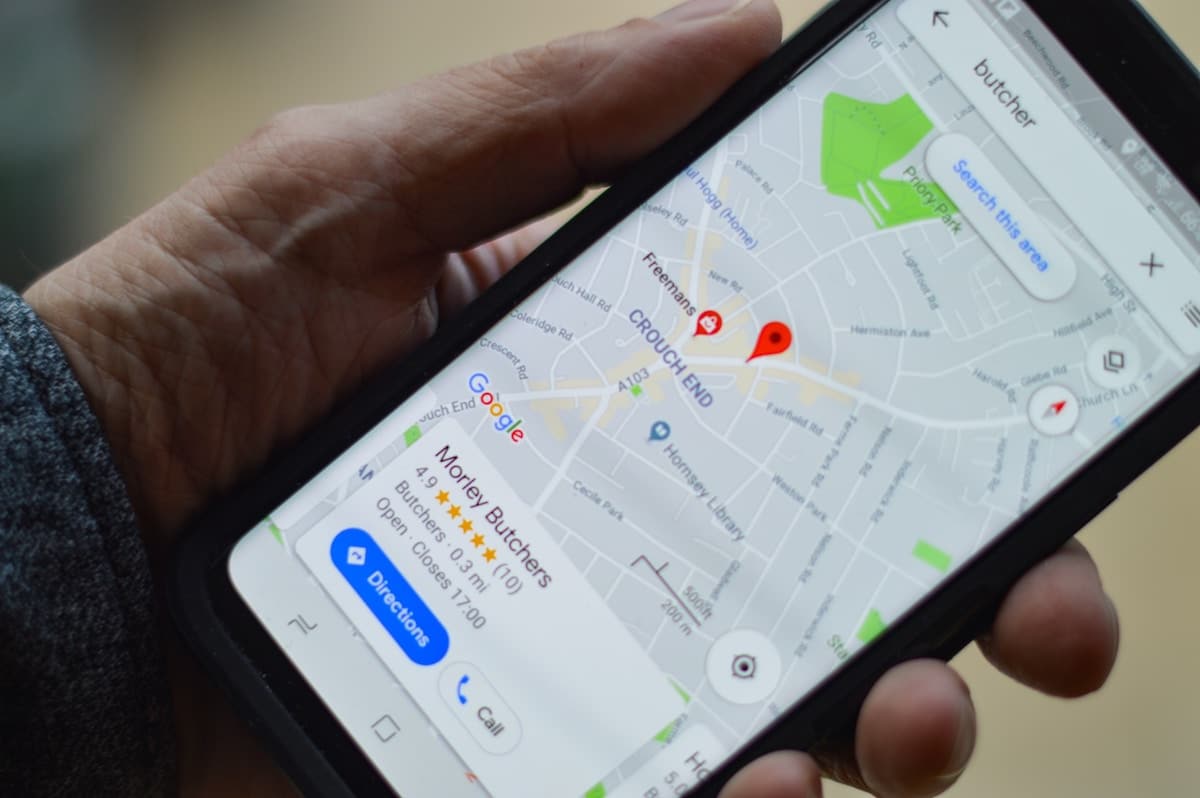Table of Contents
How to Optimize Your Website for Local SEO
Most people search for businesses nearby, so if you don’t rank in regional results, you might miss out on a fair share of customers. Local SEO helps reach more traffic, improve conversion, bypass competitors, boost brand awareness, and increase revenues. If you are new to the regional SEO concept, it may be difficult to understand where to start. With the help of this guide, you will get familiar with the local optimization definition and five strategies that work.
Understanding Local SEO
Regional search is when users look for products, services, companies, or other information about a particular area. Thus, local optimization is the process of optimizing your online presence to rank higher in regional search results. It is often called Map SEO because it allows businesses to create map visibility and target nearby users.
Google constantly updates its search algorithms to provide the best results for specific queries. Although it is quite difficult to keep up with all the changes, optimization specialists should pay attention to the three main algorithms:
- Proximity evaluates the distance between you and your customers. Although businesses don’t have much control over their location, setting up their profiles correctly and getting a Google Maps API Key is rather useful;
- Prominence indicates how important your business is compared to others. The main aspects include reviews, links, mentions, and directories;
- Relevance implies that your website matches the search query. Consider domestic page listings, social posts, and responses to create a relevant listing.
Keyword Research for Local SEO
Keyword research is the process of understanding what your target audience types when searching for information, products, services, or companies. It is the foundation of SEO which provides priceless insights into search queries. When working on the keyword research, you need to:
- Make a list of keywords that people might search;
- Identify location-specific words like near me or in London;
- Check out your competitors and the words they are using;
- Map keywords to URLs.
You can research specific keywords manually, but using advanced SEO software is much simpler and faster. Usually, such instruments offer turnkey solutions and, apart from helping with keyword research, provide website audits, on-page checking, competitor analysis, backlink tracking, and other services.
On-Page Optimization
On-page optimization is among the biggest ranking factors for regional search results. It refers to all activities you do on the website to improve its rankings. Apart from publishing quality content, on-page optimization includes improving HTML tags, headlines, images, and literally any element your website has. The main instruments of local on-page optimization are:
- Optimizing website meta tags with local keywords;
- Incorporating location information in titles and headings;
- Writing location-focused content by using schema markup, regional phrases, and jokes;
- Adding reviews and testimonials from customers nearby;
- Embedding a Google Map to help users find your location faster;
- Including clear call-to-actions;
- Using optimization tools to find citations, check page speed, generate links, and more.
Google My Business Profile
Google My Business profile is a free and simple tool for personalizing your business account with photos, posts, responses, statuses, and more. It ensures users find your business when searching for similar products and services nearby. The process of setting up a GMB profile consists of six steps:
- Sign in to GMB Manager;
- Add your business;
- Choose your location;
- Provide contact information;
- Verify your business with a physical address or email;
- Customize your GMB profile.
To optimize your profile to regional queries, encourage customers to leave reviews and respond to them specifying your location. We recommend creating different Google My Business profiles if you operate in several areas. You can manage all of them from one account, so there shouldn’t be any challenges.
Mobile Optimization for Local SEO
In 2023, mobile-friendly websites are a must. They provide smooth experiences across different devices, improve mobile conversion and user satisfaction, ensure faster loading speed, and lead to more content shares. Plus, Google relies on mobile-first indexing, so if your website is not optimized for mobile, most likely, you will never make it to the search engine top. Mobile optimization belongs to the most effective digital marketing strategies, and here is what you can do today to contribute to the local SEO:
- Use Google’s Mobile-Friendly Test tool to check your website;
- Optimize images and videos for better speed;
- Utilize responsive design, which makes websites fit the screen of a particular device;
- Focus on user experience by making your website accessible and convenient.
Conclusion
Local SEO optimization is one of the best ways to boost your online presence and reach the target audience. While it comprises numerous instruments, starting with mobile and on-page optimization, keyword research, and Google My Business profile is the right way. After understanding how local algorithms work and implementing the aforementioned strategies, you will definitely notice your local online visibility grow.
Image Credit: Photo by henry perks on Unsplash


